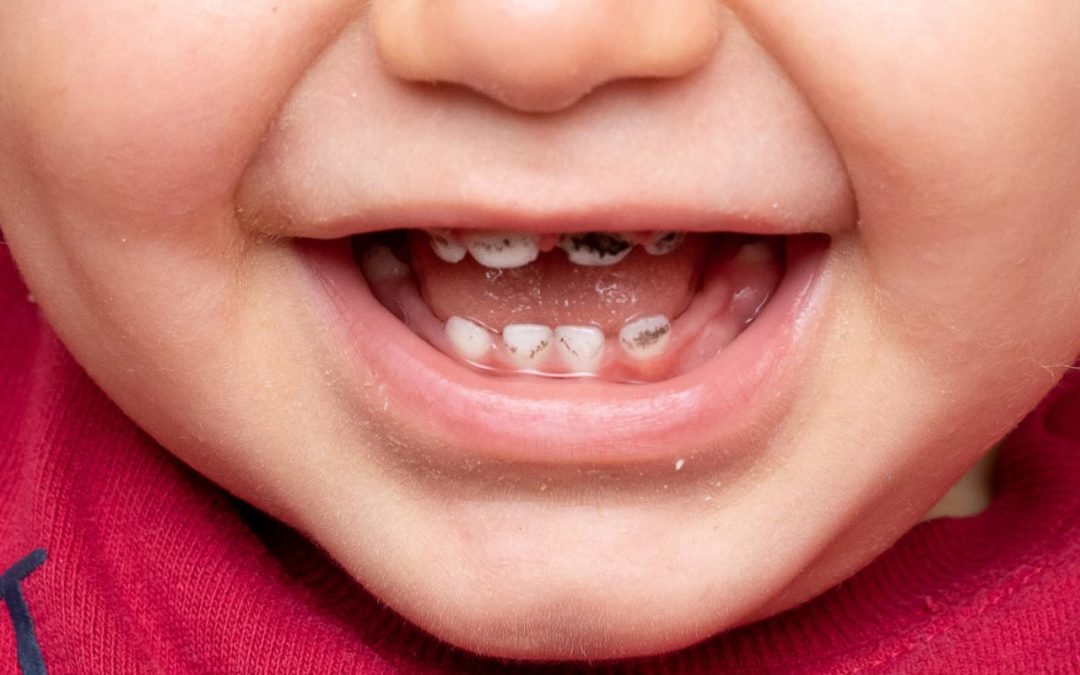How to Remove Stains on Teeth
The list of home remedies online for whitening your teeth can be found with a quick google search and may seem enticing, but beware! Some of these remedies are actually quite harmful to the enamel of your teeth. Avoid the following:
Avoid any remedy that involves use of baking soda, vinegars, or citrus fruits. Abrasion and purposeful scrubbing utilizing those acidic ingredients is harmful to the enamel of your teeth.
Avoid scrubs involving activated charcoal or a baking soda and hydrogen peroxide paste. These abrasive scrubs will wear down your tooth enamel.
Avoid swishing coconut oil (also called oil pulling). There remains zero scientific evidence to support this claim of teeth whitening.
Avoid using spices such as turmeric. As with coconut oil, there is no scientific evidence to support this remedy. Turmeric is actually a very bold orange/yellow color and lends its color readily to foods, so this approach seems particularly counterintuitive to teeth whitening.
The most assured way to address stains on your teeth is to schedule a dental cleaning with your dentist. Your dentist can assess the discoloration or stains and determine a course of action to rid your teeth of them.
Did You Know There are Different Types of Stains?
There are actually three different types of stains that occur on teeth.
- The first category is called “Extrinsic”. These extrinsic stains are surface level stains. Stains that you can readily see, and generally can be taken care of by routine and regularly occurring dental cleanings.
- The second category is called “Intrinsic”. Intrinsic stains are more difficult to address because they are stains that have pushed through the surface of the tooth and settled to accumulate within the enamel. Intrinsic stains can cause a look of dark teeth but can be addressed by your dentist, but may require more measures than a regular dental cleaning, such as professional bleaching.
- The third and final category is called “Age-Related”. These stains occur over time and are a combination of the first two category stains combining over the years to wear on the enamel and allow the dentin to show through. Dentin is the tissue that lies beneath the enamel of the tooth and covers the dental pulp.
Why Do Teeth Stain or Become Discolored?
There are several things to cause staining or discoloration or spots on teeth. Some of the most common causes are:
- Food and Drink Choices – Coffee, tea, and colored sodas are all drinks that can stain and discolor teeth. Blueberries, soy sauce, beets, and tomato sauces are a few of the offenders from the foods categories. These foods and drinks don’t have to be avoided however if good dental hygiene is routine and habitual.
- Poor Oral Hygiene – Brushing and flossing is important for the health of your teeth and gums. Brushing teeth twice daily for two minutes and flossing once daily help to ensure that foods or drinks that cause plaque and bacterias don’t collect on the teeth and remain.
- Tobacco – Tobacco products both cigarettes and chewing tobacco are major offenders for discoloring and staining teeth.
- Illness or Disease – Some illnesses or disease can affect enamel development in baby teeth, even if the disease or illness was present in the mother while pregnant.
- Medical Treatments – Medical treatments including chemotherapy, some antipsychotic medications, antihistamines, and some blood pressure medications can cause discoloration or staining of teeth.
Cavity vs Stain Explained
A cavity is when the buildup of plaque and bacteria on a tooth form a small hole or opening. Cavities are not always visible to the naked eye.
A stain is when a discoloration appears on the surface of the tooth. Stains do not automatically imply a cavity, but may be indications that you need to work on your dental hygiene routine and go to your dentist for a cleaning.
What You Can Do to Protect Teeth from Staining
- If the foods and drinks on the stain offenders list are difficult to avoid, be sure you at the very least follow them up with drinking water and swishing it around in your mouth a bit before swallowing to wash the offenders away.
- Use a straw when drinking dark colored liquids to limit the exposure your teeth face when consuming these potentially staining drinks.
- Chewing sugarless gum can increase production of your saliva which is a formidable natural defender of your dental health.
- Good oral hygiene is a key part of overall dental health, and logically in fighting staining or discoloration. You should be brushing your teeth twice daily for two minutes and flossing once. Consider brushing your teeth also after you’ve eaten or drank something that has the potential to cause stains.
- Regular dental cleanings are also important in fighting stains. Dental cleanings serve not only the purpose of clearing away hard to reach plaque that builds up over time in spite of good dental health. These professional cleanings will have your teeth feeling cleaner than ever and are key in preventing intrinsic stains (the ones that seep below the surface of your teeth).
If you want to do something more at home in between dental cleanings, consult with your dentist. There are a range of whitening products in today’s market, but not all of them have the ADA seal of approval.
Follow this link to a comparison chart of ADA approved products that can be used at home for teeth whitening.
Follow this link to view a list of all ADA approved dental products for children.
If your child’s smile is showing discoloration or stains, give us a call right away. We can schedule a professional cleaning and talk with your child about the importance of dental hygiene and the role it plays in keeping teeth healthy and free of stains.

